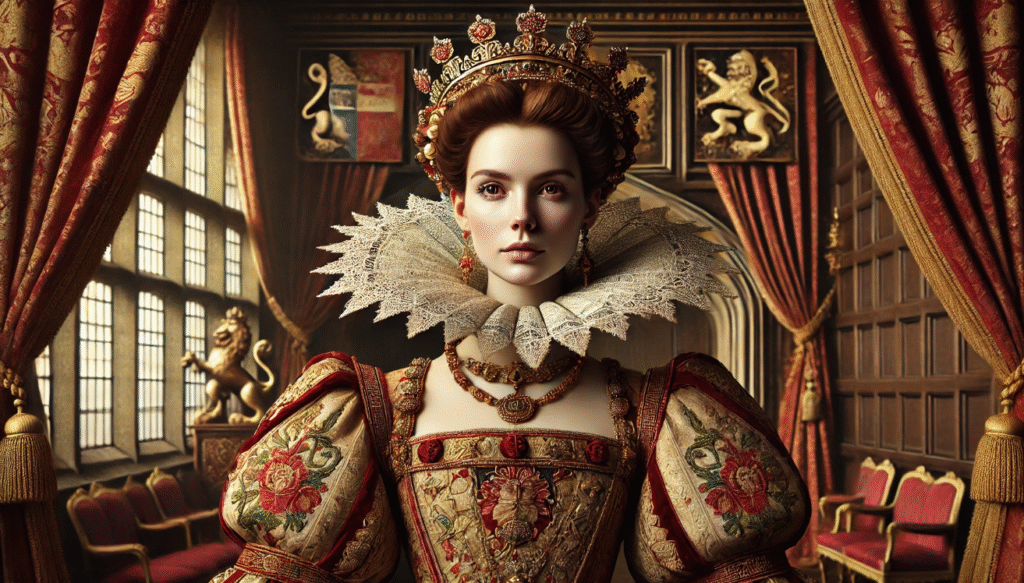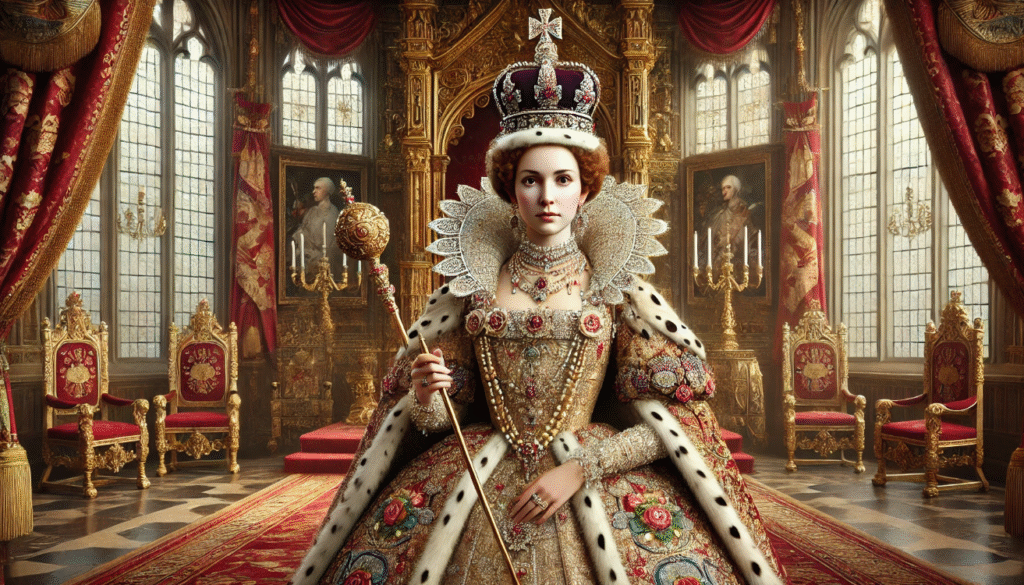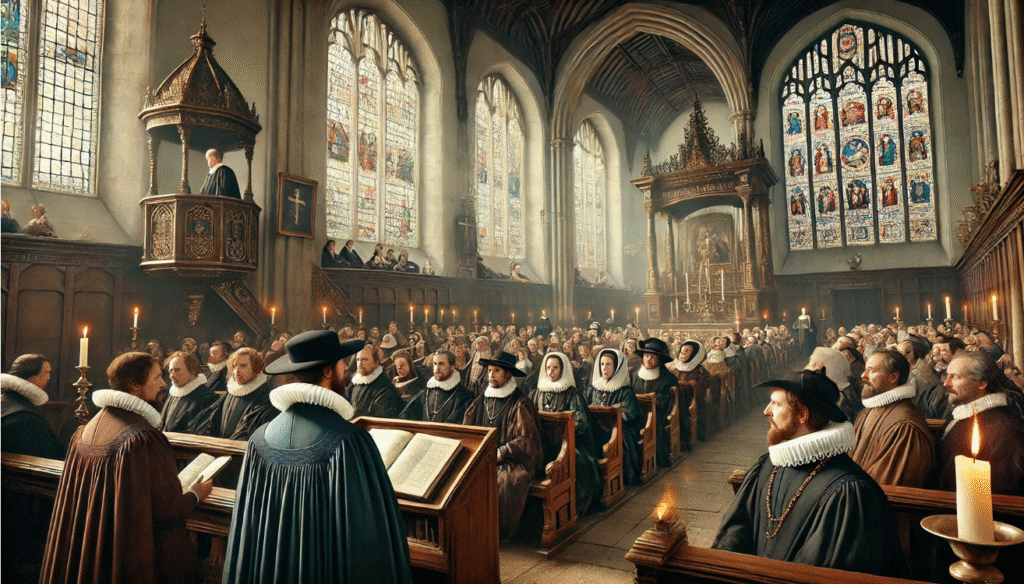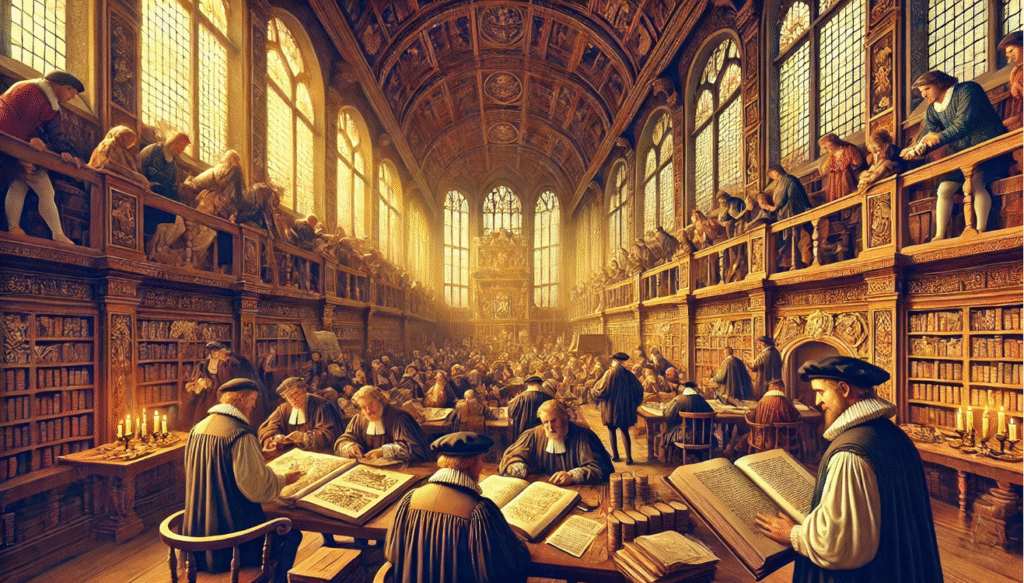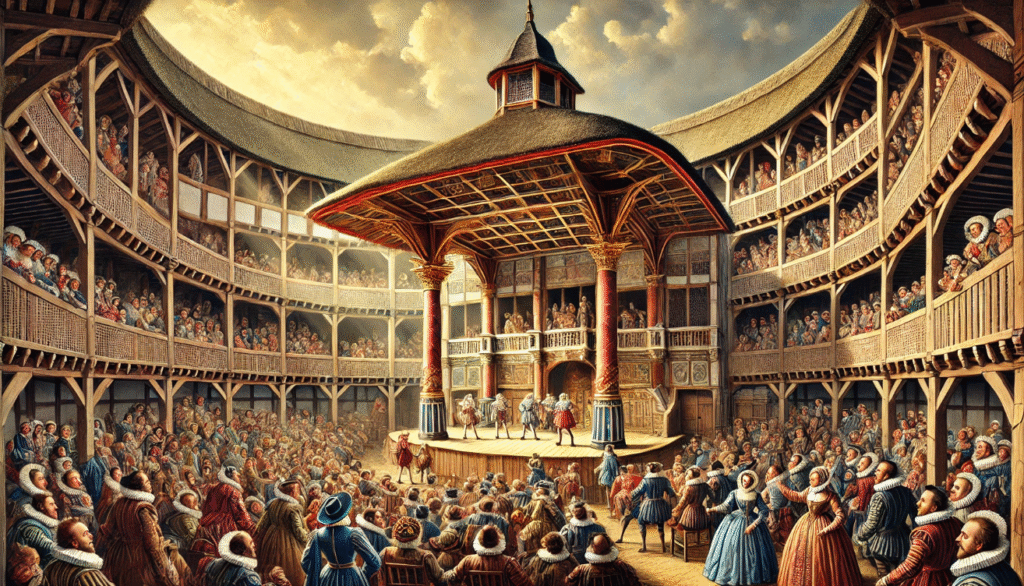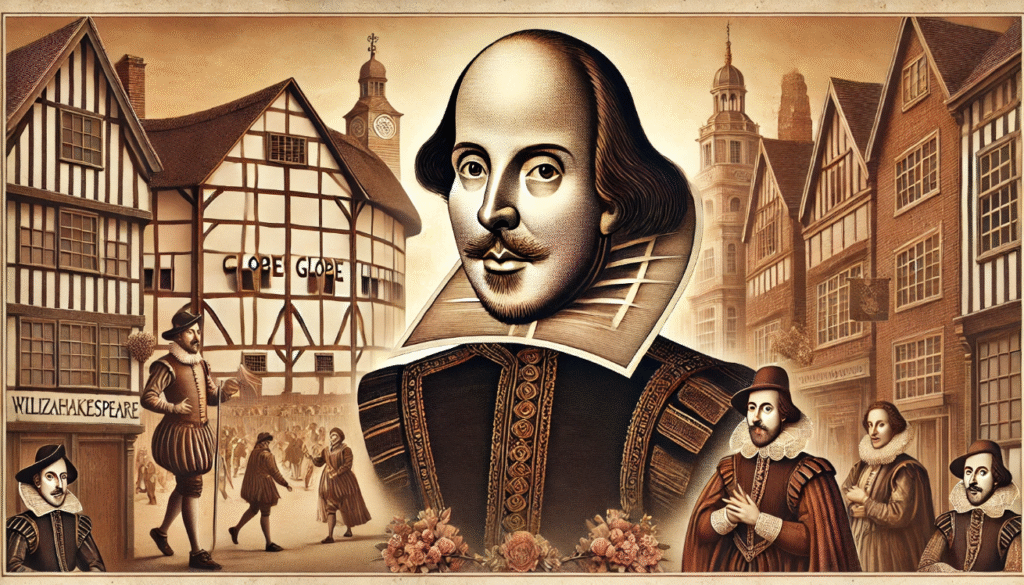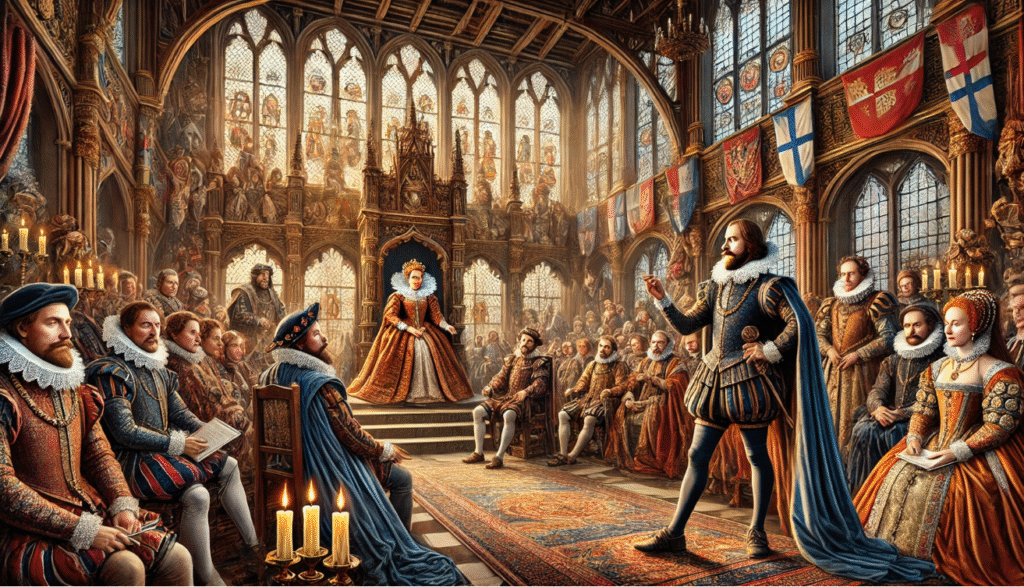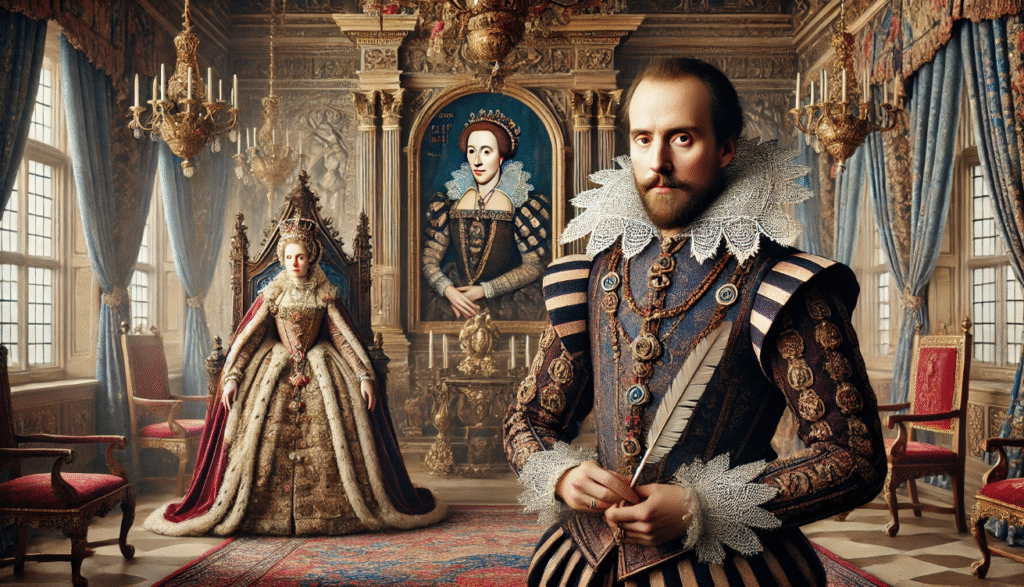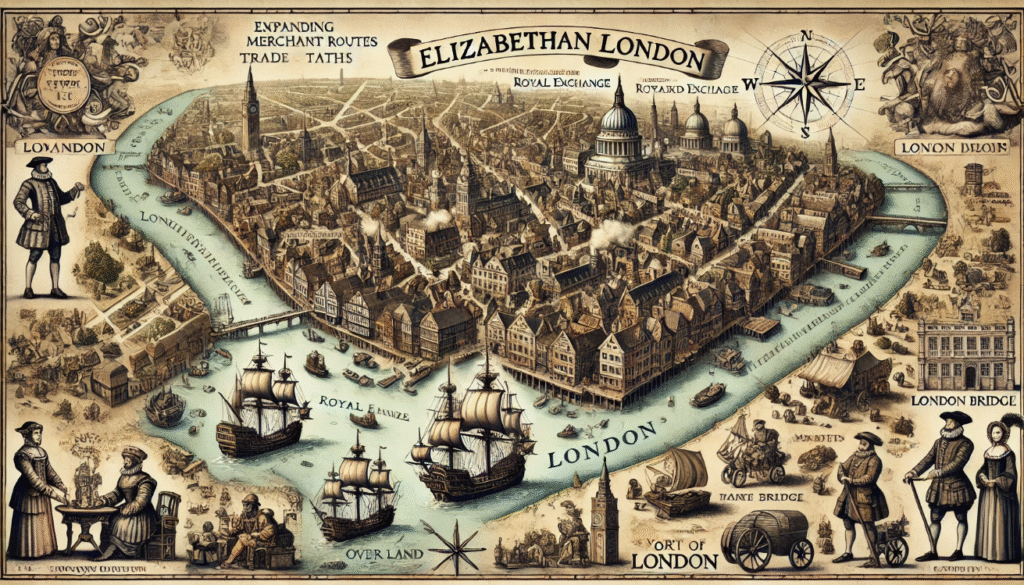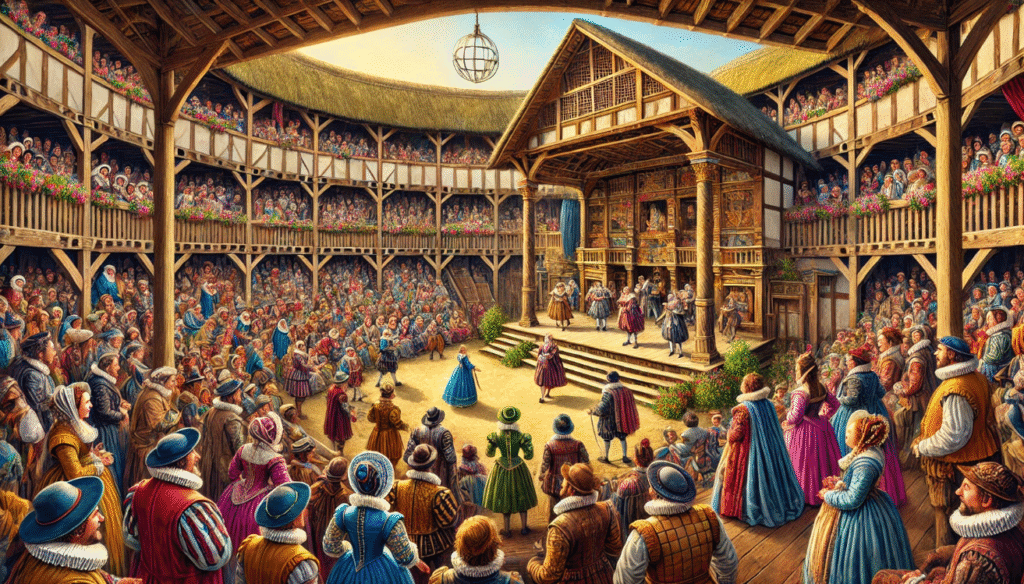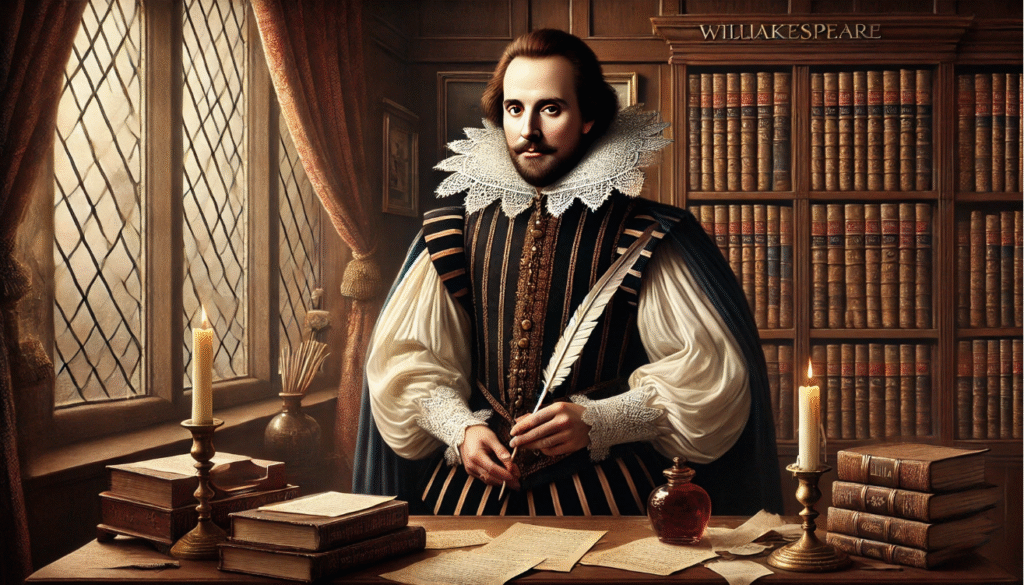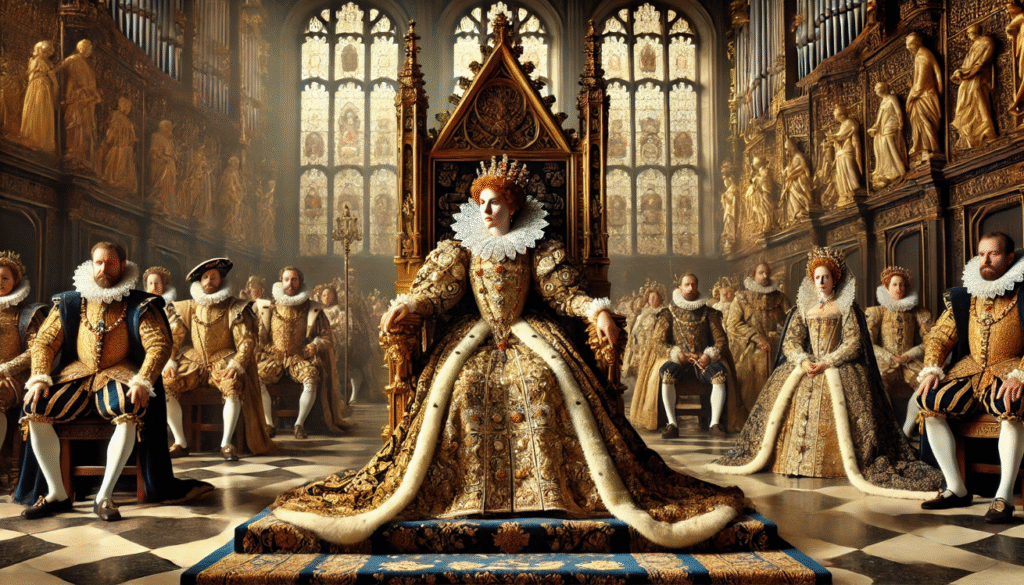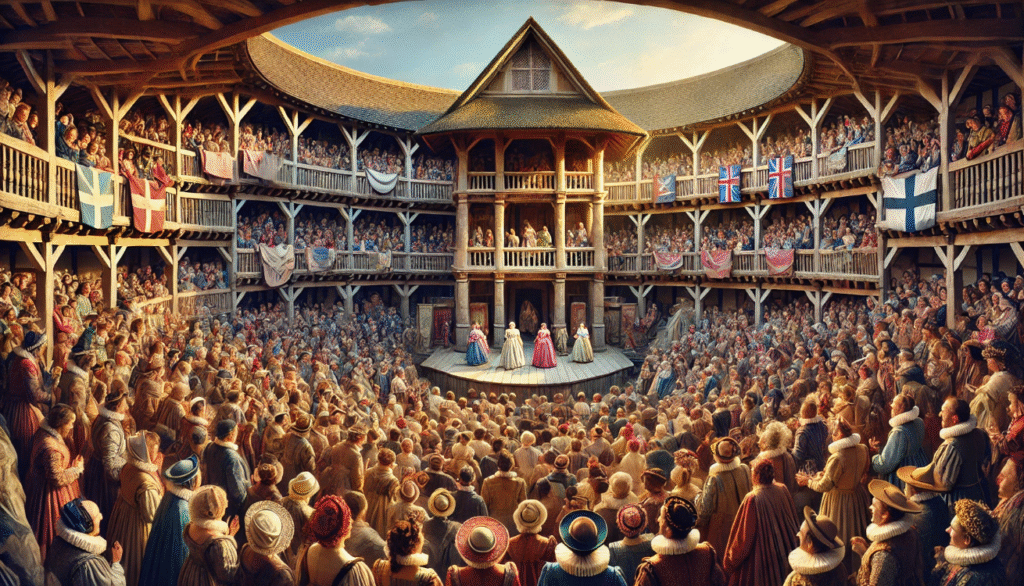 William Shakespeare’s enduring legacy Shakespeare’s response to contemporary events is undeniable, as his works continue to be studied, performed, and celebrated around the world centuries after his death. Understanding Shakespeare within the context of his time is crucial in appreciating the depth and complexity of his writing. His works reflect and respond to the contemporary events of his era, offering insights into the social, political, and cultural dynamics of the Elizabethan and Jacobean periods. By examining the historical context of Shakespeare’s works, we can gain a deeper understanding of his themes, characters, and the timeless relevance of his storytelling.
William Shakespeare’s enduring legacy Shakespeare’s response to contemporary events is undeniable, as his works continue to be studied, performed, and celebrated around the world centuries after his death. Understanding Shakespeare within the context of his time is crucial in appreciating the depth and complexity of his writing. His works reflect and respond to the contemporary events of his era, offering insights into the social, political, and cultural dynamics of the Elizabethan and Jacobean periods. By examining the historical context of Shakespeare’s works, we can gain a deeper understanding of his themes, characters, and the timeless relevance of his storytelling.
Shakespeare’s works provide valuable insights into the social, political, and cultural dynamics of Elizabethan and Jacobean England. Through his plays and sonnets, Shakespeare reflects the values, beliefs, and issues of his time, offering a window into the societal norms, power structures, and cultural trends of the era. By examining his works, we can gain a better understanding of the historical context in which they were produced and the ways in which they engaged with the complexities of the society in which Shakespeare lived.
The Historical Context of Shakespeare’s Era
Elizabethan and Jacobean England
During Shakespeare’s lifetime, the sociopolitical climate in England was marked by significant events and transitions. Elizabeth I’s reign, which lasted from 1558 to 1603, was a period of relative stability and prosperity for England. However, the question of succession and governance became increasingly contentious as Elizabeth I aged and had no direct heir. After Elizabeth I’s death, there was a transition of power to James I, who was the first monarch of the Stuart dynasty. This transition brought with it a shift in political and religious dynamics, as James I’s rule was marked by conflicts with Parliament and tensions between the monarchy and the growing Puritan movement.
Social and Cultural Dynamics

The Renaissance was a period of great cultural and artistic growth in Europe, marked by a renewed interest in classical learning and a focus on human potential and achievement. Humanism, a key aspect of the Renaissance, emphasized the value of human beings and their abilities, leading to a greater emphasis on individualism and secular concerns. The Protestant Reformation, which began in the early 16th century, had a significant impact on Europe, leading to religious conflicts and the fragmentation of the Catholic Church. The Reformation sparked a wave of religious and social upheaval, leading to widespread changes in religious practices and beliefs. The theater played a crucial role in reflecting societal issues during this time.
Plagues and Public Health

The recurring outbreaks of the bubonic plague had a significant impact on public gatherings, including theaters, during Shakespeare’s time. The authorities often closed down theaters in an effort to prevent the spread of the disease, which had a direct effect on Shakespeare’s career as a playwright and actor. During these times of closure, Shakespeare turned his focus to writing poetry and sonnets, as well as exploring new themes in his plays. The fear and uncertainty surrounding the plague also found its way into his work, with themes of mortality, disease, and the fragility of life becoming more prominent in his plays during this period.
Political Commentary in Shakespeare’s Works
Reflections on Monarchy and Power

Shakespeare’s plays Macbeth, King Lear, and Richard III all delve into the complex nature of kingship, legitimacy, and political corruption. In Macbeth, the protagonist’s rise to power through murder and betrayal exposes the corrupting influence of unchecked ambition. King Lear, on the other hand, examines the consequences of a divided kingdom and the struggle for legitimacy among rival heirs. Lastly, Richard III portrays the ruthless pursuit of power and the manipulation of political institutions for personal gain. Through these plays, Shakespeare provides a nuanced exploration of the challenges and pitfalls of leadership, highlighting the moral and ethical dilemmas that accompany the pursuit and maintenance of power.
Subtle Critiques of Authority
Shakespeare was a master at navigating the delicate balance between exploring controversial themes and avoiding offending his patrons or the monarchy. In Hamlet, he delved into political intrigue and moral dilemmas without directly challenging the status quo. Instead, he used complex characters and layered storytelling to address these themes in a way that allowed audiences to draw their own conclusions without overtly criticizing the ruling powers. This careful approach enabled Shakespeare to create thought-provoking works that could be appreciated by a wide range of audiences while still pushing the boundaries of societal norms.
Responses to Succession Crises

Henry IV and Henry V were both important figures in England’s history during the 15th century. Henry IV came to power after overthrowing Richard II, and his reign was marked by succession debates and challenges to his legitimacy. Shakespeare’s plays, Henry IV Part 1 and Henry IV Part 2, delve into the anxieties surrounding dynastic continuity and the struggles for power within the royal family. Henry V, the son of Henry IV, continued the dynasty and eventually led England to victory in the famous Battle of Agincourt during the Hundred Years’ War. Shakespeare’s play, Henry V, explores the challenges and responsibilities of leadership and the impact of war on the nation.
Social Issues and Everyday Life in Shakespeare’s Plays
Class and Social Hierarchies

Class dynamics and representation of commoners in plays like The Tempest and A Midsummer Night’s Dream are important themes that provide insight into the social structures and power dynamics of the time period in which these plays were written. In The Tempest, the character of Caliban represents the oppressed lower class, while in A Midsummer Night’s Dream, the mechanicals and their interactions with the nobility highlight the divide between the two classes. Similarly, in plays like Julius Caesar and Henry IV, the representation of commoners offers a glimpse into the struggles and aspirations of the lower class within the political and social landscapes of these plays.
The Role of Women and Gender Politics

Lady Macbeth, Ophelia, and Portia reflect societal norms and limitations prevalent during Shakespeare’s time. Lady Macbeth’s ambition and manipulation challenge traditional gender roles, but ultimately, she is driven to madness by her actions. Ophelia’s obedience and compliance with male authority highlight the limited options available to women in her society. Portia, while intelligent and resourceful, ultimately has to rely on male assistance to achieve her goals. These characters demonstrate the constraints placed on women and the complex ways in which they navigate societal norms in Shakespeare’s plays.
The Plague and Its Influence

The themes of death, disease, and uncertainty are prevalent in many of Shakespeare’s plays, including Romeo and Juliet and The Tempest. These themes reflect the harsh realities of life in Shakespeare’s time, where mortality and illness were constant threats. The outbreak of the plague during Shakespeare’s lifetime deeply impacted his understanding of human vulnerability. The fear and uncertainty surrounding the plague likely influenced his portrayal of death and disease in his plays. The fragility of life and the unpredictability of fate are recurring themes in his work, reflecting the profound impact of the plague on his worldview. Shakespeare’s experiences with the plague undoubtedly shaped his understanding of the human condition, and these themes continue to resonate with audiences today.
Shakespeare’s Use of Symbolism and Allegory
Historical Parallels and Hidden Messages
Is evident in both Julius Caesar and Coriolanus. In Julius Caesar, the assassination of Caesar and the ensuing power struggle can be seen as an allegory for political upheaval and the dangers of unchecked ambition. Likewise, in Coriolanus, the conflict between the plebeians and the patricians can be interpreted as a commentary on class struggle and the complexities of democratic society. By using allegorical references to contemporary political events, Shakespeare is able to explore timeless themes and provoke thought and discussion about the nature of power, politics, and society.
The Role of Supernatural Elements
Ghosts, witches, and prophecies in plays like Hamlet and Macbeth reflect the societal fears and uncertainties of their time by tapping into the religious and superstitious beliefs of the era. During Shakespeare’s time, the supernatural was deeply intertwined with people’s everyday lives, and there was a widespread fear of the unknown and the unexplainable. These elements in the plays served as a way for audiences to grapple with their own anxieties and uncertainties, as well as to explore the moral and ethical implications of their actions.
Shakespeare’s Enduring Legacy as a Chronicler of His Times

Timeless Relevance of His Works
Shakespeare’s themes of power, morality, and human nature continue to resonate today due to their timeless and universal nature. The struggles for power, ethical dilemmas, and complexities of human behavior are still relevant in our modern society. For example, modern adaptations of Shakespeare’s plays often draw parallels to contemporary issues. The 2016 film “The Hollow Crown: The Wars of the Roses” portrays political power struggles that mirror present-day political conflicts. Additionally, the play “Macbeth” has been adapted to explore themes of ambition and corruption in a modern corporate setting, reflecting the ongoing ethical challenges in business and leadership.
Shakespeare as a Historical Source
Shakespeare’s plays serve as valuable resources for understanding the social, political, and cultural realities of Elizabethan England. Through his storytelling, Shakespeare provides insights into the complexities of life during this time period, including the power dynamics, social hierarchies, and cultural norms. By examining his works, we can gain a deeper understanding of the intersection of art and history, as well as the ways in which literature reflects and shapes the world in which it is created.
Shakespeare’s works are a reflection of the contemporary events of his time, as he was able to masterfully blend timeless themes with the immediate realities of his world. His plays often addressed political, social, and cultural issues of Elizabethan England, such as power struggles, social hierarchy, and the human experience. One notable example is “Julius Caesar,” which reflects the political turmoil and power struggles of his time, while “Romeo and Juliet” explores the societal tensions and family feuds that were prevalent in Renaissance Italy. Shakespeare’s genius lies in his ability to capture the essence of his era while also creating works that transcend time, making his plays relevant to audiences across centuries.

